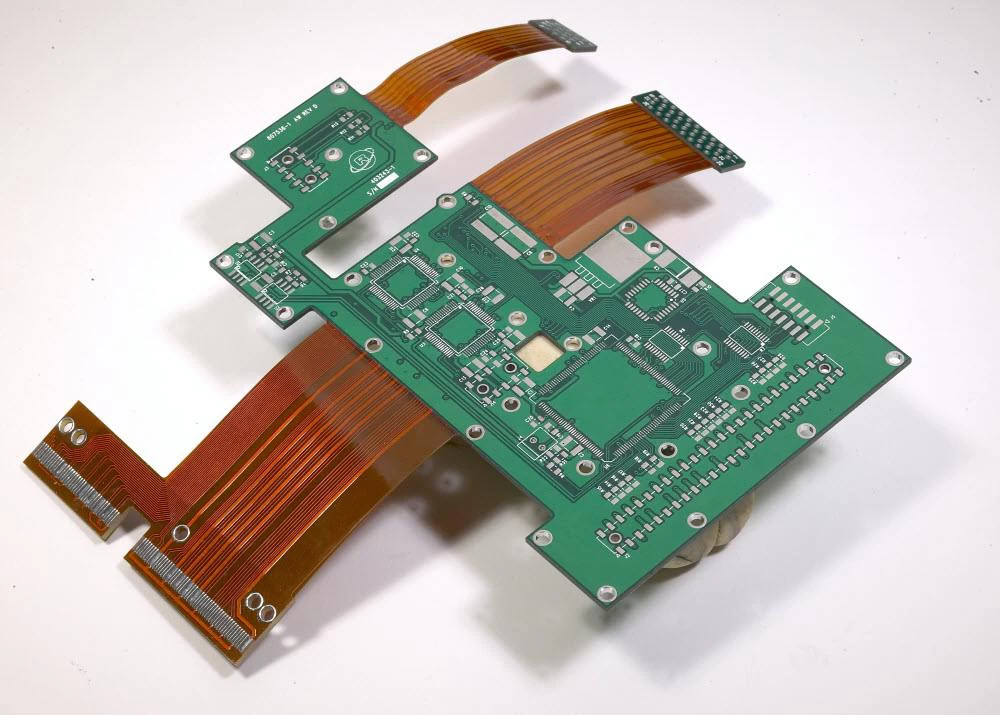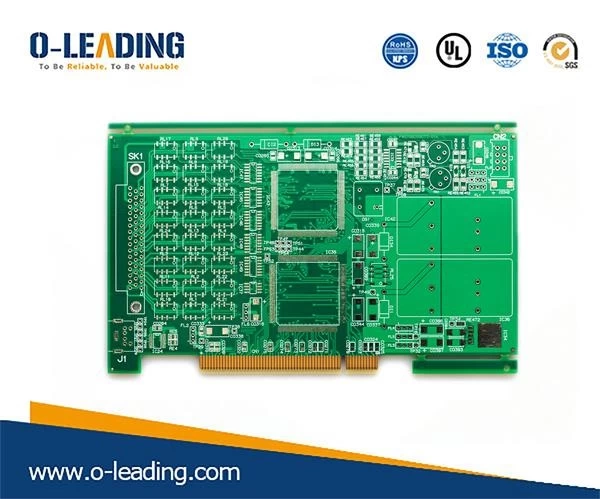PCB direct plate making method
Method: Apply a certain thickness of photosensitive paste (usually diazo salt photosensitive paste) to the stretched screen plate, dry it after coating, and then use a plate-making film and its lamination to put it in a plate exposure machine, and develop and rinse After drying, it will become screen printing screen.
Process flow: Photosensitive paste preparation has stretched the net-degreasing-drying-coating film-drying-exposure-development-drying-revision-final exposure-sealing net

Method and role of each section
Degreasing: The degreasing agent is used to remove the grease on the screen, so that the photosensitive paste and the screen are completely glued together, so that the film is not easy to be removed.
Drying: Dry the moisture to avoid the tension change of the mesh due to the high temperature. The temperature should be controlled at 40 ~ 45 ℃.
Photosensitive paste preparation: Mix the photosensitizer with purified water, add it to the photosensitive paste, and mix well. Leave it for 8 hours before using.
Coating film: The photosensitive paste is evenly coated on the screen using a scraper. According to the coating film method, it is divided into an automatic coating machine coating film and a manual coating film. The number of coating films can be determined according to the actual situation.
When coating the film, the doctor blade surface should be applied first, the purpose is to fill the gap between the mesh yarns first to avoid air bubbles, and then apply the printing surface (the side in contact with the PCB). The film thickness can be increased by about 3um at a time, so most of the solder mask screen coating methods are chosen: coating on the doctor blade twice-drying-coating three times-drying-printing three times- Drying-printing surface is applied three times-drying.
Explanation:
A. The thickness of the correct coating blade surface and printing surface is suitable and meets the requirements.
B. Thin coating film (printing surface) disadvantage: poor durability.
C. The coating on the scraper surface is too thick. Disadvantages: Because the photosensitive paste on the scraper surface is too thick, the sensitivity is not uniform. After water washing during development, the rough surface ink is poured into the film layer, causing the film layer to fall off, resulting in a short screen life.
D. The coating on the doctor blade is too thin. Disadvantages: poor durability.

Drying: make the photosensitive paste dry uniformly to avoid the drying of the photosensitive paste outside and the internal humidity. Excessive temperature will make the photosensitive paste outside dry before the inside is not dry, which will shorten the life of the screen. Its temperature should be kept at 40 "45 ℃. The time is about 10 minutes, and the drying time is appropriately adjusted according to different film thicknesses.
Exposure: Proper exposure can photopolymerize the photosensitive paste and develop a clear image through the master.
Factors affecting screen quality:
A. Correct exposure energy
B. Exposure and vacuum
C. Cleaning of exposure machine glass
The general exposure energy is adjusted by the exposure time. In the production, the correct exposure time of various screens should be measured by using the exposure method according to the number of screens and film thickness.
How to use the calculation sheet:
① Expose the estimated exposure time plus double the time, and develop in the normal way. After development, choose the one with the best effect, that is, one of the clearest image ranges, and then multiply the actual exposure time by the selected The coefficient marked on the image is the better exposure time.
There are 5 coefficients on the measurement sheet, namely: 1.0, 0.7, 0.5, 0.33, 0.25, and each coefficient corresponds to a circular target pattern and halftone dot, respectively.
② If the coefficient of 1.0 seems to be the best coefficient, you should double the exposure time just before and make a new plate exposure test.
③ If the coefficient of 0.25 seems to be the best coefficient, the exposure time should be reduced by half and the exposure test should be made again.
④ If several consecutive coefficients are satisfied, the lower limit coefficient is used when the dot pattern is exposed, that is, the exposure time is shorter, and the lower limit coefficient is used when the general thick line is exposed, that is, the exposure time is longer.
⑤ If several consecutive coefficients are satisfied, choose the best coefficient to compare the sharpest line of the round target or the sharpness of the halftone dots according to the type of screen to be made.
In addition, the close adhesion of the negatives, the cleaning of the glass of the exposure machine, and the degree of vacuuming all have an important impact on the quality of the plate.

Development: Use the water-soluble characteristics of the photosensitive paste, and use water to wash off the unexposed photosensitive paste. The development method has a great impact on fine screens. Before development, water must be sprayed to make the photosensitive paste absorb water and swell. After 2 minutes, use a high-pressure water gun to fan back and forth until the image is completely clear.
Note: High-pressure water washing should not be too close to the screen, generally 0.8 "1m, otherwise the pressure is too high and the lines are prone to sawtooth. In severe cases, some screen points are washed away.
Drying: Dry the moisture on the screen, the temperature should not be too high, otherwise the tension of the screen will change, generally 40 "45 ℃.
Revision and inspection: Repair and inspect the pinhole and some NPTH holes.
Final exposure: to further improve the adhesion between the photosensitive paste and the mesh yarn and increase the service life.
Screen Sealing: Fill up the empty part of the screen with screen sealing pulp to avoid ink leakage during printing.
































